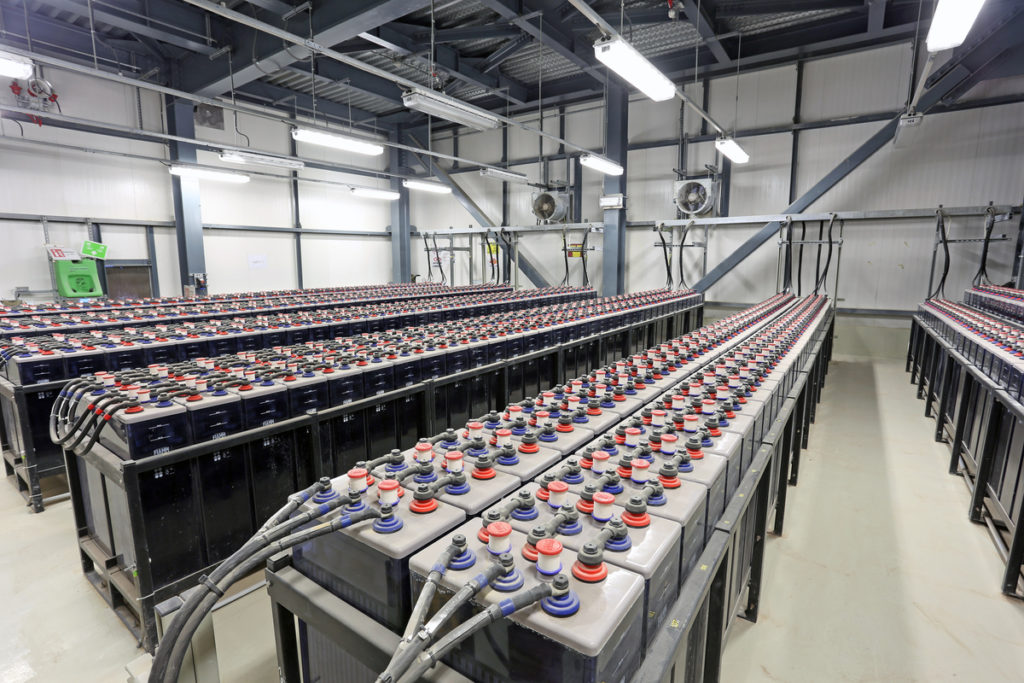The browser you are using is not supported. Please consider using a modern browser.

Distributed Storage Could Save Texas Well Over $300 Million A Year

Texas will be unnecessarily spending $344 million per year over the next ten years.
This is one of the major conclusions of the report by the Texas Advanced Energy Business Alliance. It estimates that 20% of Texas’s transmission and distribution (T&D) expenses are to meet load growth, which could be offset by a distributed storage system. The report also argues that this system could help save Texas consumers $300 million per year on electricity.
So what is a distributed storage system? Would it have all these intended effects?
It’s quite possible.
Background: Texas’s Overburdened Electric Grid
Any electricity grid can only transfer so much energy. If you run more electricity through T&D systems than it can handle, you have a power outage on your hands. Think of tripping a circuit breaker in your house. Sort of the same idea, except on a much larger scale.
Over the last few years, Texas has struggled to meet electricity demand, particularly during times of peak electricity demand.
A Texas heatwave sends temps into the triple digits for days. When this happens, everyone stays inside and blasts their air conditioning. Air conditioning consumes a lot of electricity. When everyone (homes, office buildings, retail stores, etc.) runs A/C, it puts a lot of strain on the grid.
On top of this, electricity during these times is often generated from designated “peaker plants,” which come on when regular plants are at maximum capacity. And electricity from peaker plants is much more expensive.
A distributed battery storage system could help take the pressure off the electric grid during times of peak electricity demand and stop the need for peaker plants, lowering the amount of investment needed in the grid and lowering the cost of electricity.
The Distributed Storage Solution
This article by Renewable Energy World has a great metaphor on the benefits of distributed battery storage. It explains that investing in T&D infrastructure to meet peak demand is like building a 32 lane highway to combat rush hour traffic. Sure, those 32 lanes might be utilized for 2 hours, but for the rest of the day, they would mostly be empty.
A distributed battery storage system would implement huge lithium-ion batteries throughout the grid. During times of peak electricity, the batteries can provide electricity and take the strain off the T&D infrastructure. And when demand is low, the batteries can recharge.
A distributed storage system would also take the strain of regular power plants. When those plants are at maximum generating capacity, you can use the batteries, instead of the peaker plants, to provide more electricity. The electricity stored in those batteries would be from regular power plants, so it would not cost you more like a peaker plant. Those savings could then be passed down to the consumer.
And this does not even mention how it helps the transition to renewable energy. So it seems like this could be a win-win-win situation.
Battery storage is likely to play a big role in the world’s energy future. In fact, we talked about its potential in this blog post a while back. Check it out if you want to learn more.